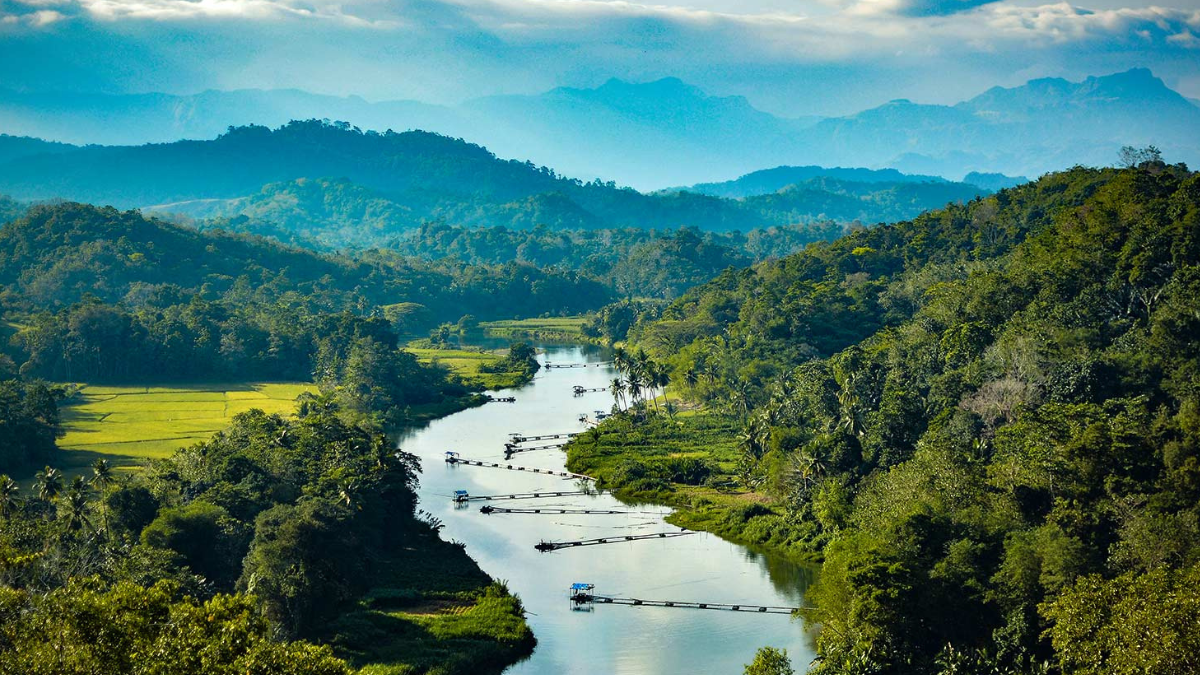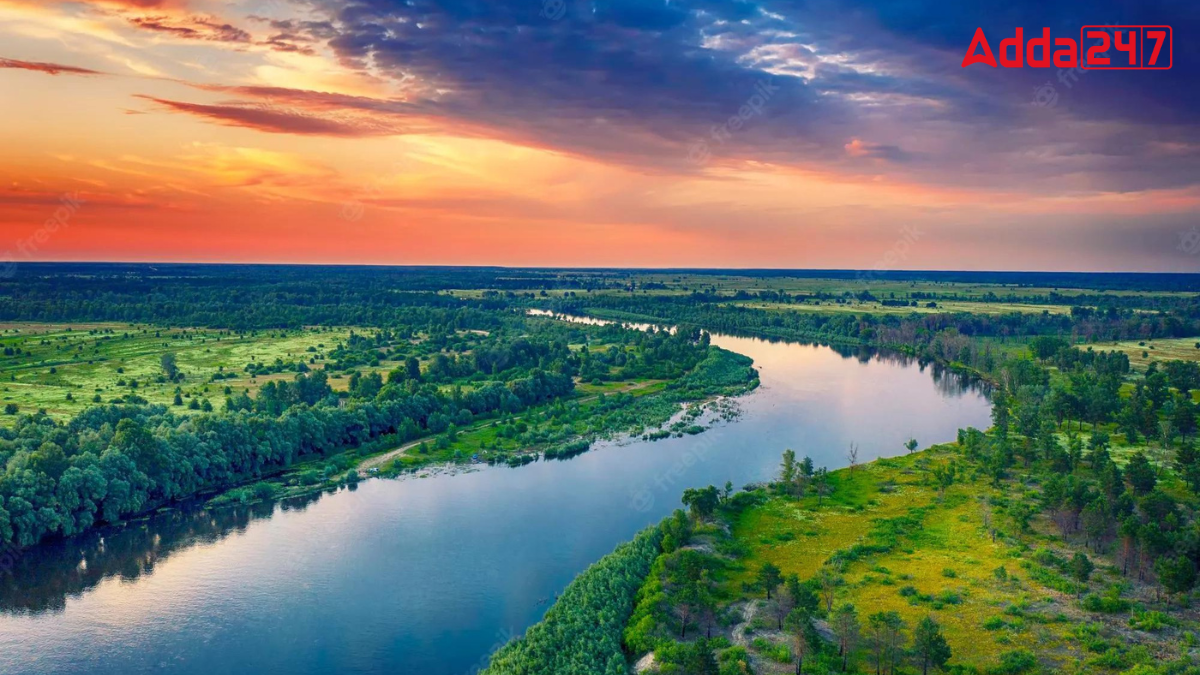As the month of June unfolds, it brings with it a tapestry of events, both historical and contemporary, that hold significance for people around the world. From celebrations of culture and heritage to observances aimed at raising awareness about pressing issues, June serves as a platform for reflection, commemoration, and action. Let’s delve into the important days that punctuate the month of June 2024.
Important National and International Days in June 2024
June, the sixth month named after the Roman goddess Juno, spans 30 days. It is also associated with the Latin word “iuniores,” meaning “younger ones.” In June 2024, pivotal dates include World Milk Day celebrated on June 1st, emphasizing the importance of milk. World Environment Day follows on June 5th, urging global action for environmental preservation. These days serve as poignant reminders of our responsibilities towards future generations and the planet.
Significance of Important Days in June 2024
The important days in June 2024 hold profound significance, addressing crucial global issues and promoting collective action. From International Children’s Day advocating for the welfare of the youngest members of society to World Environment Day raising awareness about environmental conservation, these observances underscore our responsibility towards future generations and the planet. Each day serves as a call to action, inspiring individuals and communities to work together for a better, more sustainable world.
List of Important Days in June 2024, National and International
In June 2024, a diverse array of national and international important days are observed, each marking significant milestones, raising awareness about pressing issues, and promoting global cooperation. Here is the list of important days in June 2024:
| Date |
Important Days |
| June 1, 2024 |
World Milk Day |
| June 1, 2024 |
Global Day of Parents |
| June 2, 2024 |
Italy Republic Day |
| June 2, 2024 |
International Sex Worker’s Day |
| June 2, 2024 |
Telangana Formation Day |
| June 3, 2024 |
World Bicycle Day |
| June 4, 2024 |
International Day of Innocent Children Victims of Aggression |
| June 5, 2024 |
World Environment Day |
| June 7, 2024 |
World Food Safety Day |
| June 7, 2024 |
National Dount Day |
| June 8, 2024 |
World Brain Tumour Day |
| June 8, 2024 |
World Oceans Day |
| June 8, 2024 |
National Best Friend Day |
| June 8, 2024 |
Doll Day |
| Jun 12, 2024 |
World Day Against Child Labor |
| June 12, 2024 |
National Red Rose Day |
| June 14, 2024 |
World Blood Donor Day |
| June 14, 2024 |
Mithuna Sankranti |
| June 14, 2024 |
Flag Day |
| June 15, 2024 |
World Wind Day |
| June 15, 2024 |
World Elder Abuse Awareness Day |
| June 15, 2024 |
World Father’s Day |
| June 17, 2024 |
World Day to Combat Desertification and Drought |
| June 18, 2024 |
Autistic Pride Day |
| June 18, 2024 |
International Picnic Day |
| June 19, 2024 |
World Sickle Cell Awareness Day |
| June 19, 2024 |
World Sauntering Day |
| June 20, 2024 |
World Refugee Day |
| June 21, 2024 |
World Music Day |
| June 21, 2024 |
World Hydrography Day |
| June 21, 2024 |
International Yoga Day |
| June 21, 2024 |
Summer Solstice |
| June 22, 2024 |
World Rainforest Day |
| June 23, 2024 |
International Olympic Day |
| June 23, 2024 |
United Nations Public Service Day |
| June 23, 2024 |
International Widow’s Day |
| June 26, 2024 |
International Day against Drug Abuse and Illicit Trafficking |
| June 26, 2024 |
International Day in Support of Victims of Torture |
| June 29, 2024 |
National Statistics Day |
| June 29, 2024 |
International Day of Tropics |
| June 30, 2024 |
World Asteroid Day |
June 01 – World Milk Day
World Milk Day, observed on June 1st, celebrates the nutritional value and importance of milk in diets worldwide. It raises awareness about dairy farming’s contributions to sustainability, nutrition, and livelihoods, promoting dairy’s role in healthy diets.
June 01 – Global Day of Parents
Global Day of Parents, observed on June 1st, honors parental figures worldwide, recognizing their vital role in nurturing and guiding children. It celebrates the commitment of parents to their children’s well-being and highlights the importance of family bonds.
June 02 – Italy Republic Day
Italy Republic Day, celebrated on June 2nd, commemorates the founding of the Italian Republic in 1946. It marks a significant moment in Italian history, symbolizing the nation’s transition to democracy and independence from monarchy.
June 02 – International Sex Worker’s Day
International Sex Worker’s Day, observed on June 2nd, advocates for the rights, dignity, and safety of sex workers worldwide. It aims to challenge stigma, discrimination, and violence, promoting empowerment and recognition of sex workers’ human rights.
June 02 – Telangana Formation Day
Telangana Formation Day, celebrated on June 2nd, commemorates the creation of the Indian state of Telangana on June 2, 2014. It marks a significant milestone in the region’s history and is observed with cultural events and festivities.
June 03 – World Bicycle Day
World Bicycle Day, observed on June 3rd, highlights the benefits of cycling for health, transportation, and the environment. It promotes sustainable mobility and underscores the importance of cycling-friendly infrastructure for promoting well-being and reducing carbon emissions.
June 04 – International Day of Innocent Children Victims of Aggression
The International Day of Innocent Children Victims of Aggression, observed on June 4th, honors children affected by conflict and violence worldwide. It raises awareness about their plight and advocates for their protection and well-being.
June 05 – World Environment Day
World Environment Day, celebrated on June 5th, is a global platform for raising awareness about environmental issues and promoting action for nature conservation. It encourages individuals and communities to take positive steps towards a sustainable future.
June 07 – World Food Safety Day
World Food Safety Day, observed on June 7th, emphasizes the importance of safe food practices to prevent foodborne illnesses. It promotes awareness about food safety standards and encourages actions to ensure the availability of safe and nutritious food for all.
June 07 – World Donut Day
World Donut Day, celebrated on the first Friday of June, honors the delectable sweet treat and its cultural significance. It’s a day for indulging in and appreciating the beloved donut in all its delicious forms.
June 08 – World Brain Tumour Day
World Brain Tumor Day, observed on June 8th, raises awareness about brain tumors and supports patients and families affected by this condition. It advocates for early detection, treatment, and research to improve outcomes and quality of life.
June 08 – World Oceans Day
World Oceans Day, celebrated on June 8th, highlights the importance of oceans in sustaining life on Earth. It raises awareness about ocean conservation and encourages actions to protect marine ecosystems and promote sustainable use of ocean resources.
June 08 – National Best Friend Day
National Best Friend Day, observed on June 8th, celebrates the special bond of friendship and the invaluable role best friends play in our lives. It’s a time to cherish and appreciate the companionship and support of our closest confidants.
June 12 – World Day Against Child Labor
World Day Against Child Labor, observed on June 12th, raises awareness about the exploitation of children in labor and advocates for their rights to education, play, and a safe environment. It calls for collective action to eradicate child labor globally.
June 14 – World Blood Donor Day
World Blood Donor Day, observed on June 14th, recognizes the life-saving contribution of blood donors worldwide. It raises awareness about the need for regular blood donations to ensure an adequate and safe blood supply for patients in need.
June 14 – Flag Day
Flag Day, celebrated on June 14th, honors the national flag and the values it represents. It’s a day to commemorate the flag’s symbolism, history, and significance, fostering patriotism and pride in one’s country.
June 15 – World Wind Day
World Wind Day, observed on June 15th, celebrates wind energy and its role in sustainable development. It raises awareness about the benefits of wind power for reducing carbon emissions and promoting renewable energy solutions globally.
June 15 – World Elder Abuse Awareness Day
World Elder Abuse Awareness Day, observed on June 15th, aims to raise awareness about the abuse and neglect experienced by older adults. It calls for action to prevent elder abuse and protect the rights and dignity of older individuals.
June 15 – World Father’s Day
World Father’s Day, celebrated on the third Sunday of June, honors fathers and paternal bonds. It’s a day to recognize the contributions and sacrifices of fathers, expressing gratitude and love for their guidance and support.
June 17 – World Day to Combat Destination and Drought
World Day to Combat Desertification and Drought, observed on June 17th, raises awareness about land degradation and its impact on ecosystems and communities. It promotes efforts to combat desertification, restore degraded land, and ensure sustainable land management practices worldwide.
June 18 – Autistic Pride Day
Autistic Pride Day, observed on June 18th, celebrates the neurodiversity of individuals on the autism spectrum. It promotes acceptance, understanding, and appreciation of autistic traits and contributions to society, fostering pride in one’s unique identity.
June 18 – International Picnic Day
International Picnic Day, celebrated on June 18th, encourages people to enjoy outdoor dining and leisurely picnics with family and friends. It’s a day to savor delicious food, nature’s beauty, and quality time spent in the great outdoors.
June 19 – World Sickle Cell Awareness Day
World Sickle Cell Awareness Day, observed on June 19th, raises awareness about sickle cell disease and its impact on individuals and families. It advocates for improved access to care, treatment, and support for those affected by the condition.
June 19 – World Sauntering Day
World Sauntering Day, celebrated on June 19th, encourages people to slow down, relax, and enjoy a leisurely stroll. It’s a reminder to embrace a relaxed pace of life, savoring the simple pleasures of walking and observing the world around us.
June 20 – World Refugee Day
World Refugee Day, observed on June 20th, honors the courage and resilience of refugees worldwide. It raises awareness about their plight, advocates for their rights and well-being, and promotes global solidarity and support for refugees.
June 21 – World Music Day
World Music Day, celebrated on June 21st, honors the universal language of music and its power to connect people across cultures. It’s a day for music lovers to enjoy concerts, performances, and festivities worldwide.
June 21 – World Hydrography Day
World Hydrography Day, observed on June 21st, highlights the importance of hydrographic surveying and charting for safe navigation, maritime security, and marine resource management. It promotes awareness about the significance of hydrography in ensuring sustainable ocean development.
June 21 – International Yoga Day
International Yoga Day, celebrated on June 21st, promotes the physical, mental, and spiritual benefits of yoga practice. It encourages people worldwide to embrace yoga’s holistic approach to health and well-being through meditation, breathing exercises, and physical postures.
June 21 – Summer Solstice
Summer Solstice, occurring around June 21st, marks the longest day of the year in the Northern Hemisphere and the shortest in the Southern Hemisphere. It symbolizes the peak of summer and is celebrated in various cultures with festivals and rituals.
June 22 – World Rainforest Day
World Rainforest Day, observed on June 22nd, raises awareness about the importance of rainforests in sustaining biodiversity and combating climate change. It advocates for conservation efforts to protect these vital ecosystems for future generations.
June 23 – International Olympic Day
International Olympic Day, celebrated on June 23rd, commemorates the founding of the modern Olympic Games. It promotes participation in sports and physical activity, fostering the Olympic values of excellence, friendship, and respect across nations and cultures.
June 23 – United Nations Public Service Day
United Nations Public Service Day, observed on June 23rd, recognizes the crucial role of public servants in promoting sustainable development and delivering essential services to communities worldwide. It highlights the importance of effective public administration in achieving global goals.
June 23 – International Widow’s Day
International Widows’ Day, observed on June 23rd, raises awareness about the challenges faced by widows worldwide. It advocates for their rights, empowerment, and social support, highlighting the need for gender equality and social justice for all women, especially those who have lost their spouses.
June 26 – International Day against Drug Abuse and Illicit Trafficking
International Day Against Drug Abuse and Illicit Trafficking, observed on June 26th, raises awareness about the global drug problem and promotes efforts to prevent drug abuse and combat illicit drug trafficking. It advocates for effective strategies to address this complex issue.
June 29 – National Statistics Day
National Statistics Day, observed on June 29th, commemorates the birth anniversary of renowned statistician Professor Prasanta Chandra Mahalanobis. It highlights the importance of statistics in decision-making, policy formulation, and development planning.
June 29 – International Day of the Tropics
International Day of the Tropics, observed on June 29th, celebrates the diverse cultures, ecosystems, and opportunities within the tropics. It raises awareness about the unique challenges and potential of tropical regions, promoting sustainable development and cooperation.
June 30 – World Asteroid Day
World Asteroid Day, observed on June 30th, raises awareness about the potential threat of asteroid impacts and promotes efforts to detect, track, and mitigate the risk of asteroid collisions with Earth. It emphasizes global cooperation in planetary defense.









